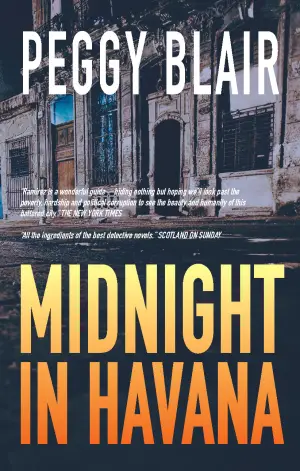Triste tigre: A Journey Through Pain and Literature
When I first encountered Triste tigre by Neige Sinno, I found myself drawn in by the weight of her words and the palpable struggle behind her decision to write. Sinno, grappling with the aftermath of her tragic past, confronts the duality of storytelling—it can both illuminate the darkness and risk sensationalizing it. As I turned the pages, I felt a blend of trepidation and curiosity, aware that I was stepping into the raw experience of her life, marked by the trauma of systematic rape during her childhood.
Sinno’s memoir is not just a recounting of harrowing events; it becomes a meditation on the multitude of reasons she hesitated to share her story. Her fears of specializing in “rape literature” or merely becoming another voice in a sea of survivor narratives are palpable. Yet, in her act of rebellion, she invites readers to join her journey. She eloquently states, “I am going to write it anyway,” turning what could be a painful narrative into a powerful exploration of resilience.
Throughout the book, Sinno’s prose blurs the line between memoir and literature, offering unflinching honesty that lingers long after reading. She dives deep into her feelings of entrapment, capturing haunting moments with vivid clarity, as when she reflects on her never-ending present: “I never got out. It’s always the present for me.” This statement resonates not just as a depiction of her personal struggle, but as a universal exploration of how trauma can become a relentless companion.
Sinno’s writing style is both lyrical and piercing, making her painful experiences accessible yet profound. Her method of direct engagement with the reader creates an intimate atmosphere, inviting you into her thoughts without reservation. If one quote encapsulates the essence of her work, it is her warning: “Beware my words, they will always be veiled.” This complexity emphasizes the limitations of language in conveying trauma, yet simultaneously reveals her dedication to breaking the silence that surrounds it.
Another standout moment occurs when she grapples with the broader implications of her experience, drawing parallels between personal trauma and societal violence. It’s a reminder that literature is not merely an escape; it can serve as a stark reflection of reality—with all its brutality. Sinno writes, “they rape because they can,” and it’s a chilling statement that echoes well beyond her individual narrative, prompting critical reflection on accountability and societal norms.
Triste tigre is not a book meant for casual reading; it demands your attention and invites personal introspection. Its significance lies not just in Sinno’s story but in its ability to propel us into uncomfortable discussions about trauma, survival, and the complexities of the human spirit.
For those who are ready to confront uncomfortable truths, or who seek an understanding of the nuanced relationship between victimhood and narrative, this book will resonate deeply. Whether you’re a survivor of trauma or simply an empathetic reader, Sinno’s courage challenges us all to rethink the complicity of silence in our own lives.
In the end, Triste tigre left me shaken, yet inspired by the strength required to vocalize such personal pain. Sinno reminds us that storytelling has the potential to be transformative, not just for the writer but also for the reader. It’s an invitation to witness, to empathize, and ultimately, to reflect on our connections to one another through the shared human experience of suffering and survival.











